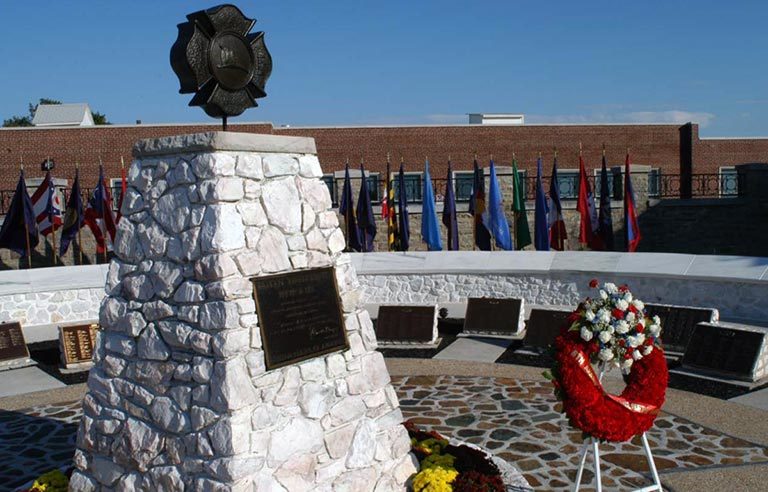On-duty firefighter deaths fall to lowest total on record: USFA

Emmitsburg, MD — Sixty-two firefighters died while on duty in 2019 – the fewest since the U.S. Fire Administration began tracking such data in 1977, according to an annual report recently released by the agency.
This total marks a 26% decrease from the 84 on-duty firefighter fatalities recorded in 2018. In 2016 and 2017, that figure was 92 and 88, respectively.
The report, released Nov. 6, classifies “on-duty” as “being involved in operations at the scene of an emergency, whether it is a fire or non-fire incident; responding to or returning from an incident; performing other officially assigned duties such as training, maintenance, public education, inspection, investigations, court testimony or fundraising; and being on call, under orders or on standby duty (except at an individual’s home or place of business).”
Thirty-seven of the firefighters died while responding to emergencies, while 33 of the deaths resulted from heart attacks.
“An individual who experiences a heart attack or other fatal injury at home while they prepare to respond to an emergency is considered on duty when the response begins,” the report states. “A firefighter who becomes ill while performing fire department duties and suffers a heart attack shortly after arriving home (or at another location) may be considered on duty since the inception of the heart attack occurred while the firefighter was on duty.”
- 18 of the firefighters died while on the scene of a fire.
- 38 were at least 45 years old, including 19 who were past the age of 61.
- 34 were part of the volunteer ranks, 25 were career firefighters and three represented wildland agencies.
- No multiple fatality incidents were recorded for the first time in at least 10 years.
- New York had the most deaths among states with seven, followed Florida and Pennsylvania, each of which had five.
“The ultimate objective of this report’s effort is to reduce the number of firefighter deaths through an increased awareness and understanding of their causes and how they can be prevented,” the report states. “Firefighting, rescue and other types of emergency operations are essential activities in an inherently dangerous profession, and unfortunate tragedies do occur.
“These are the risks that all firefighters accept every time they respond to an emergency incident. However, the risks can be greatly reduced through efforts to improve training, emergency scene operations, and firefighter health and safety.”
Post a comment to this article
Safety+Health welcomes comments that promote respectful dialogue. Please stay on topic. Comments that contain personal attacks, profanity or abusive language – or those aggressively promoting products or services – will be removed. We reserve the right to determine which comments violate our comment policy. (Anonymous comments are welcome; merely skip the “name” field in the comment box. An email address is required but will not be included with your comment.)

